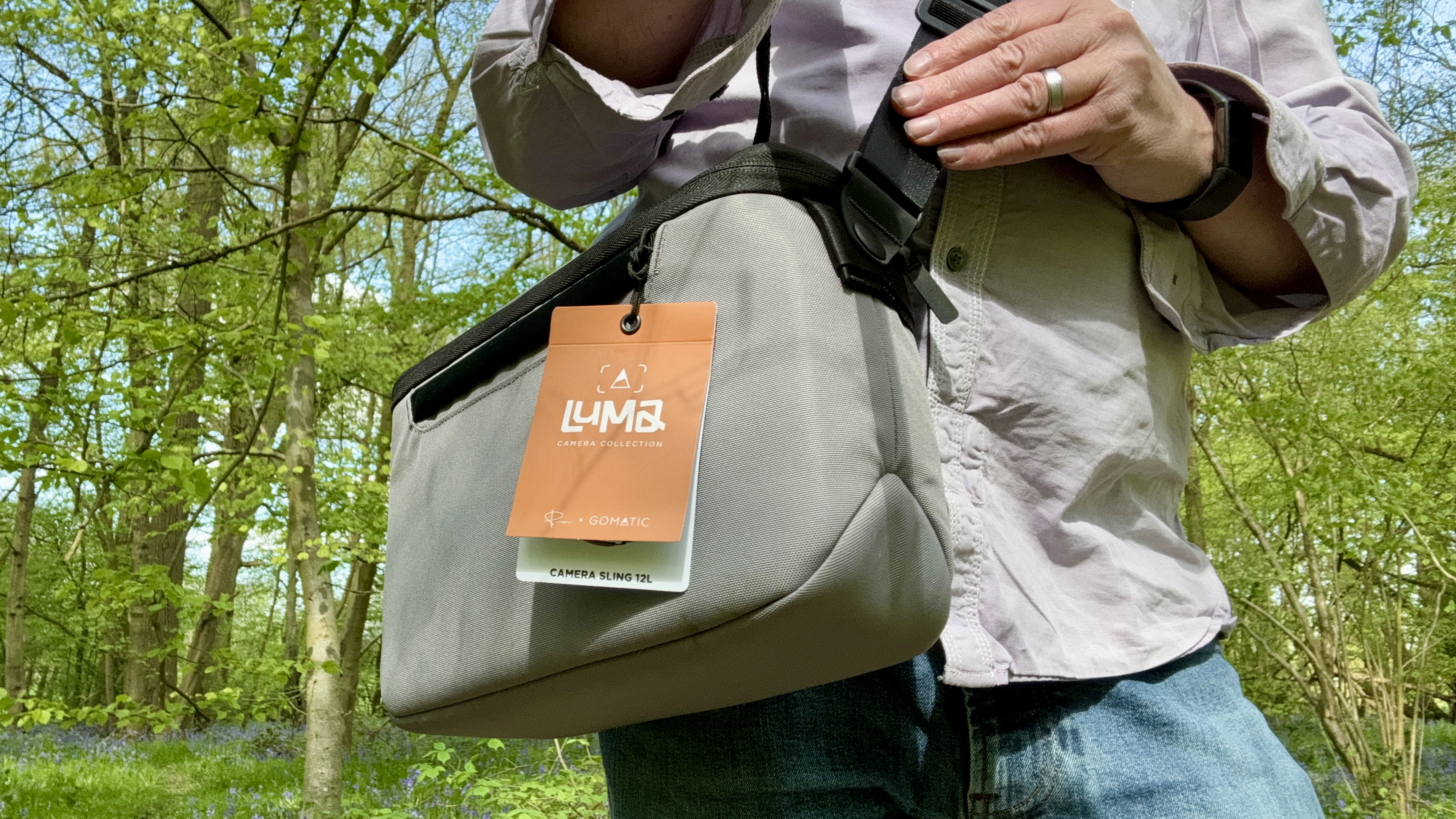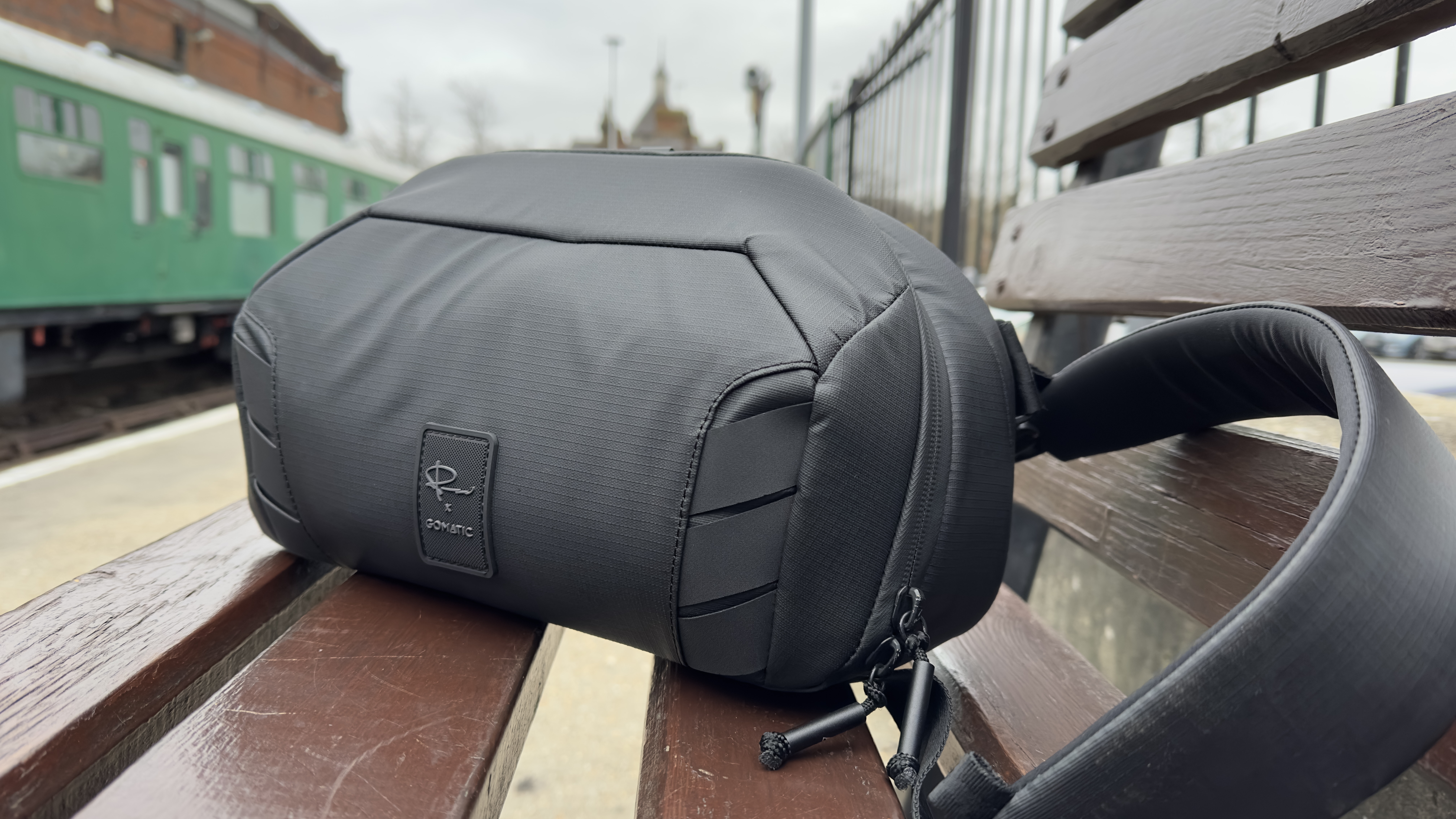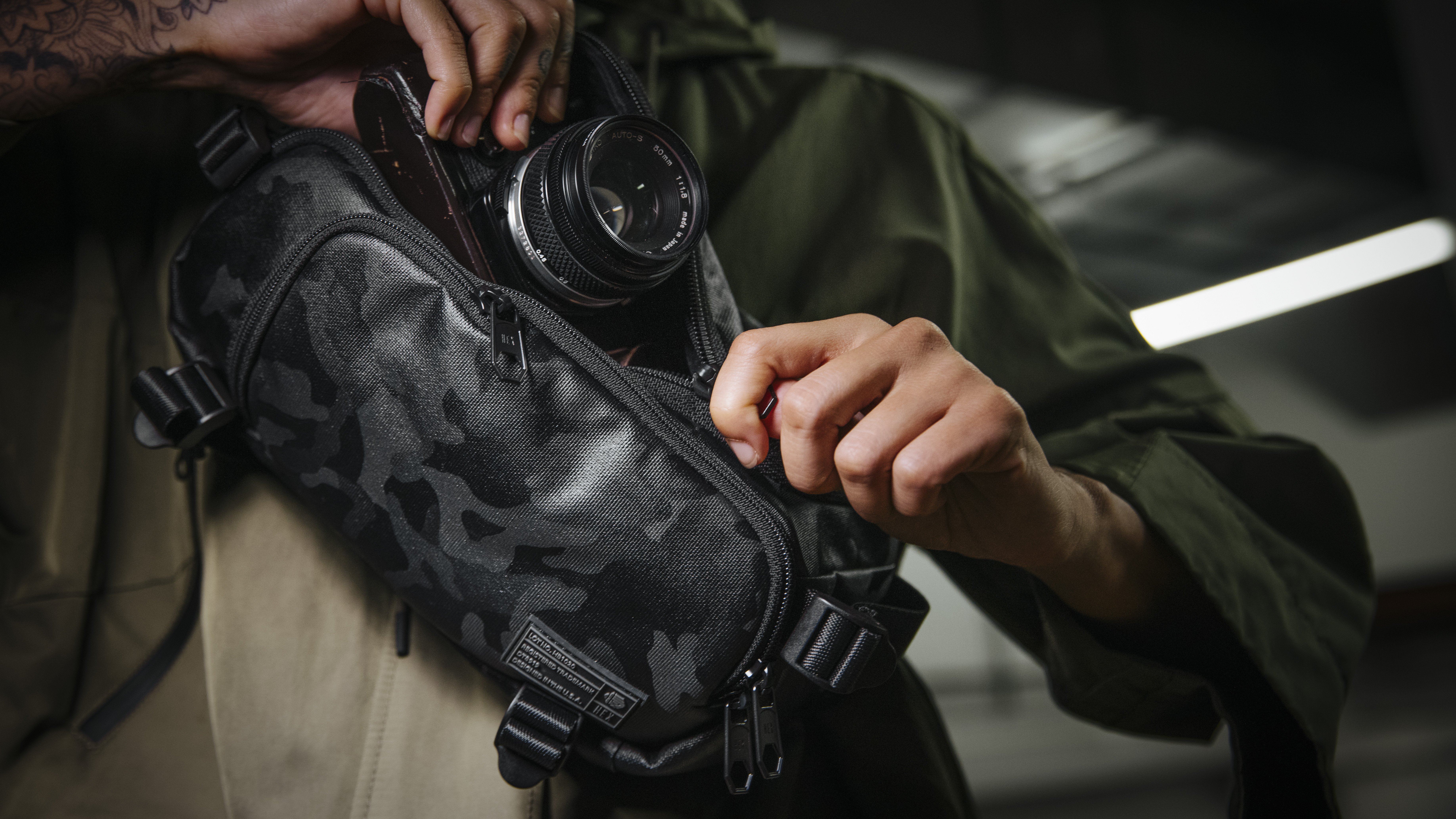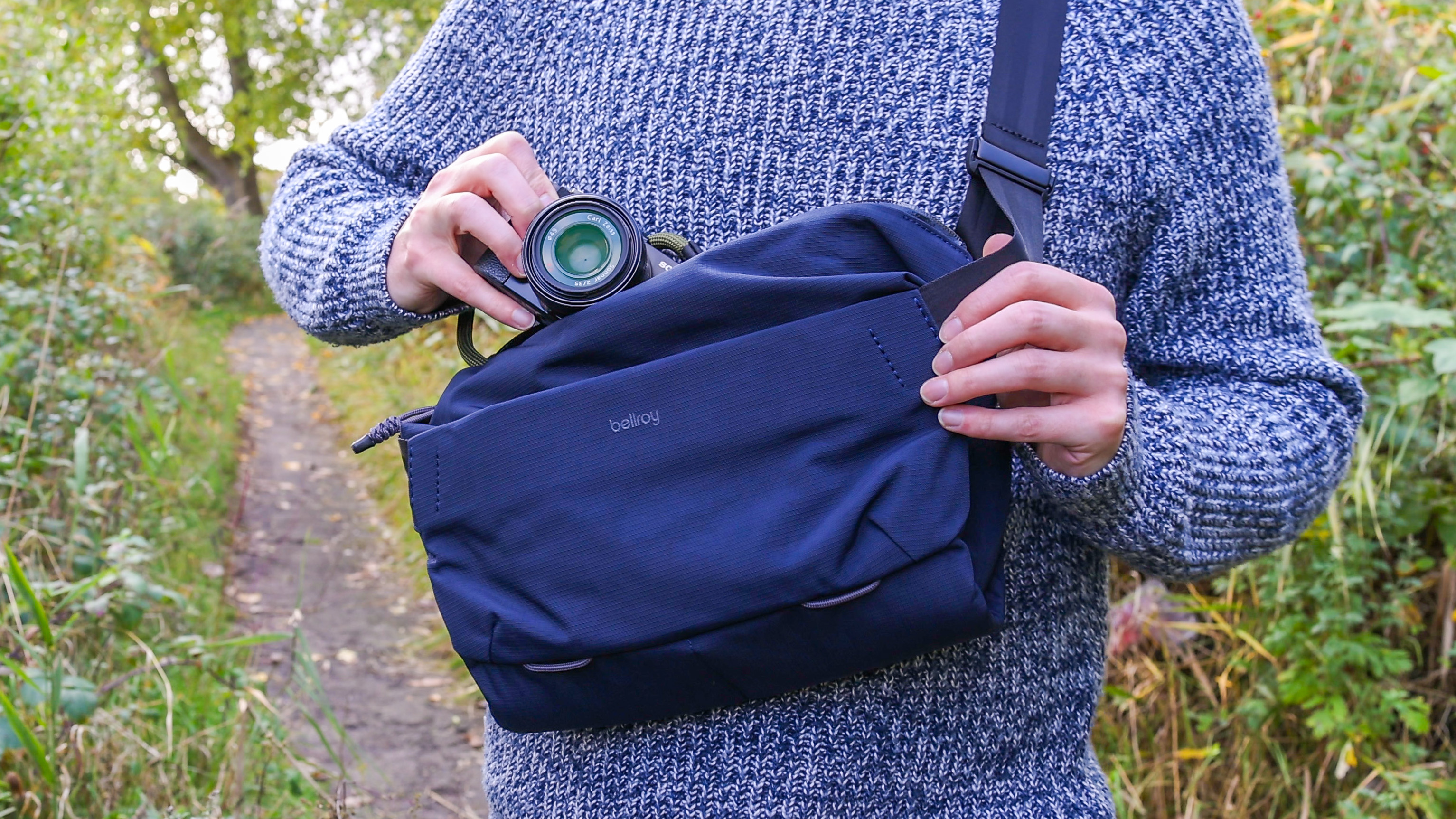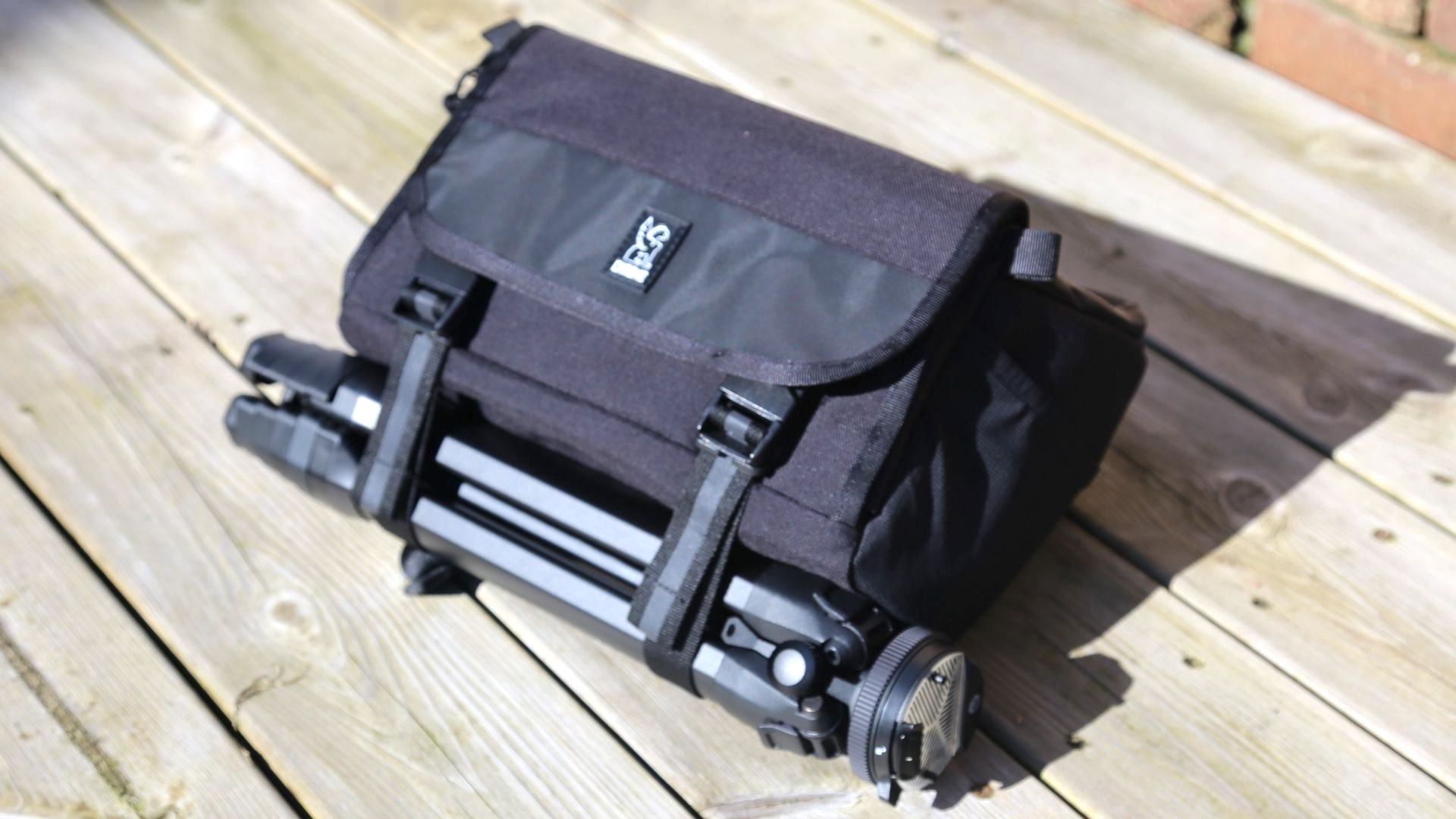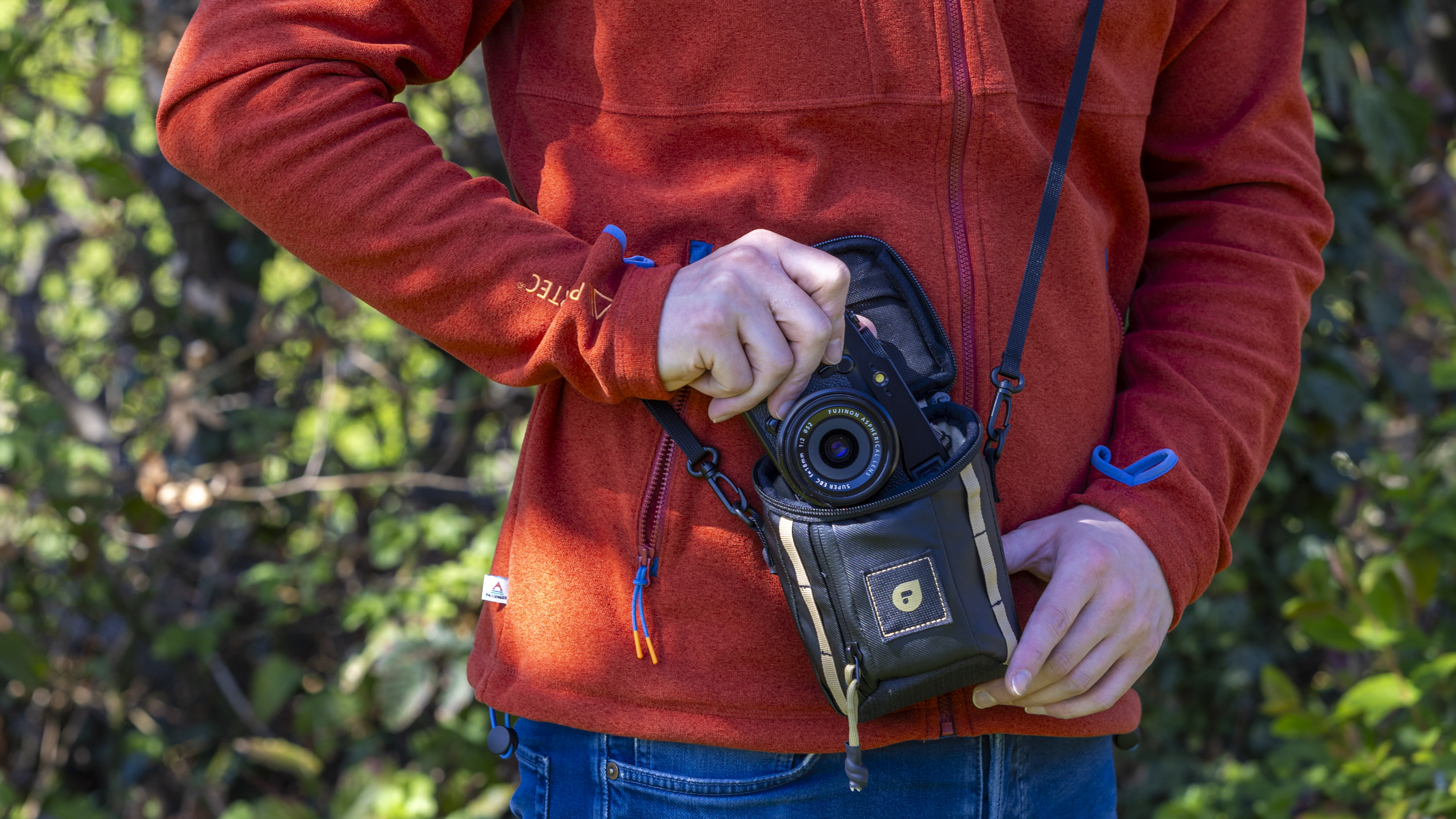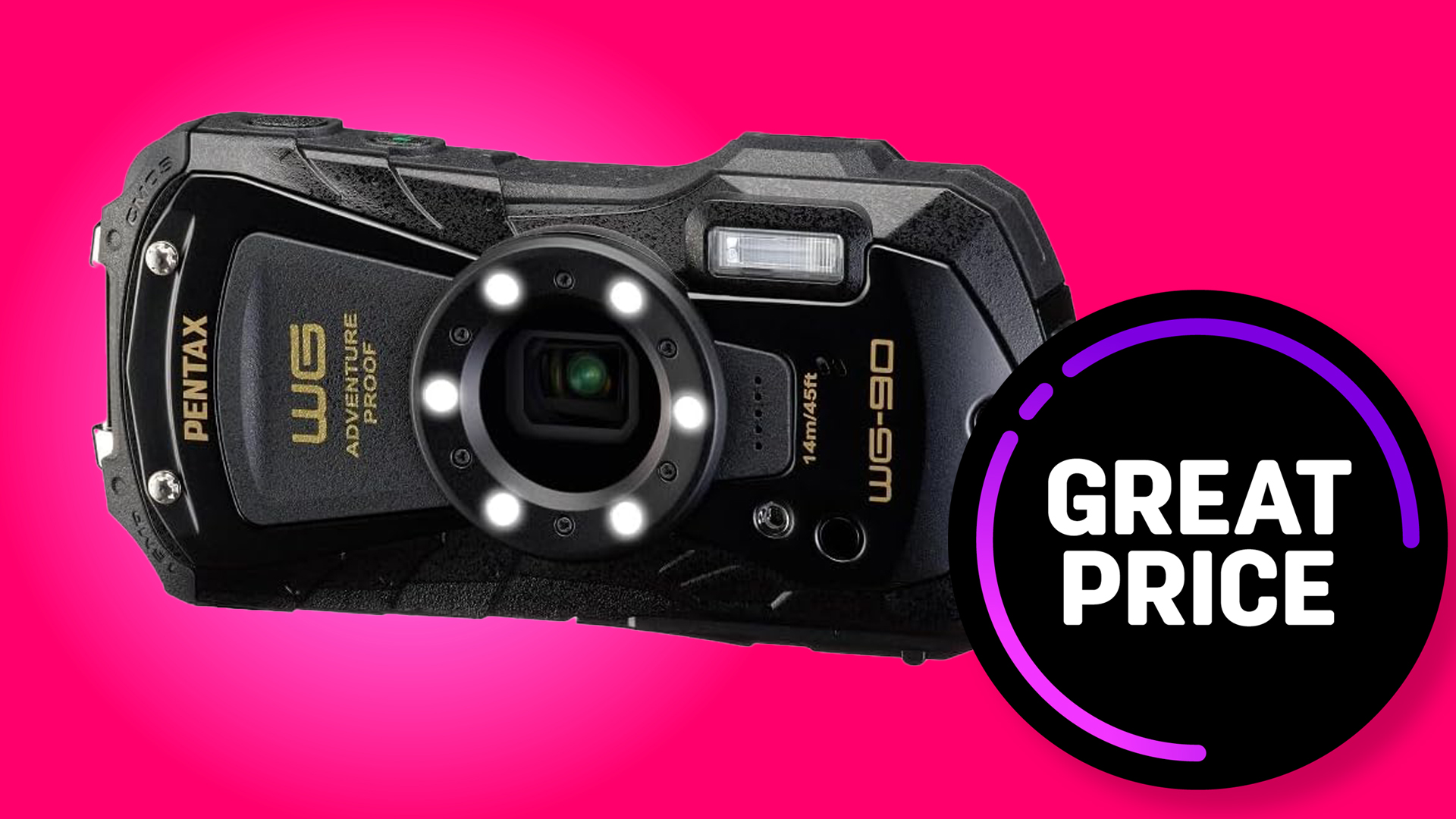The best camera sling bags in 2025: halfway between a backpack and a messenger bag
The best camera sling bags combine the comfort of a backpack with the convenience of a shoulder bag for the best of both worlds
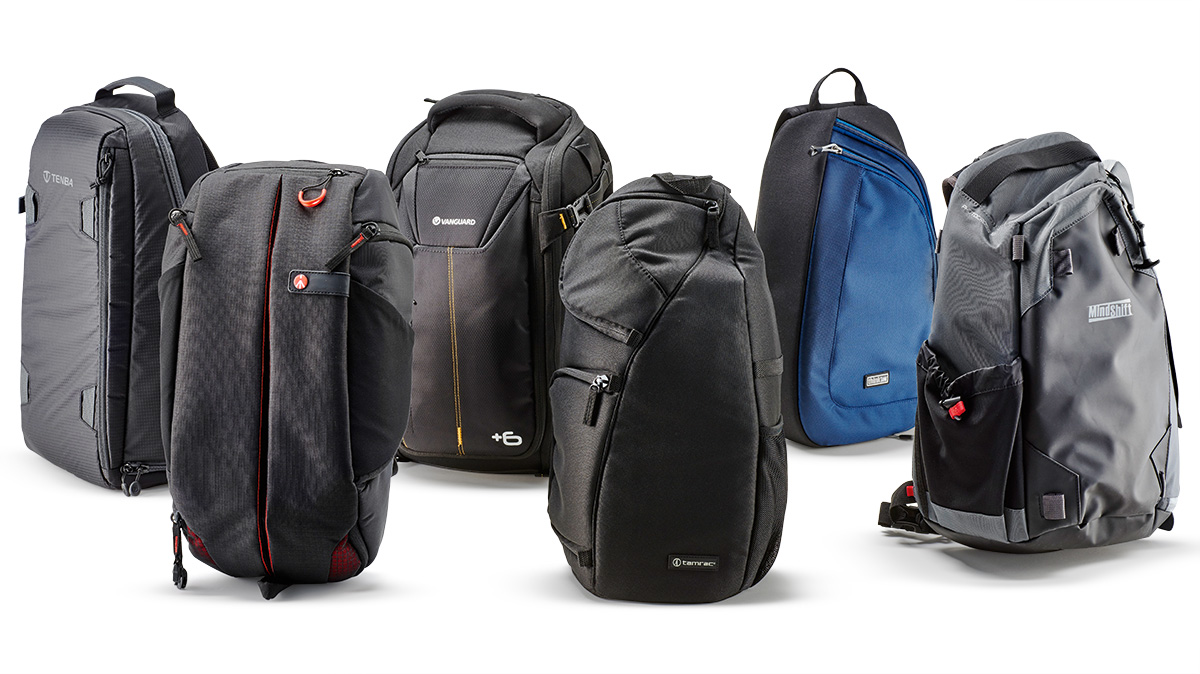
When it comes to choosing one of the best camera bags to carry all your photo gear, you may well be torn between a camera backpack for comfort or a messenger-style bag for convenience. But there is another way. Sling bags are distinguished by having a single shoulder strap, which the user wears diagonally across the body, a bit like a car seat belt. The bag therefore sits lightly on the back, allowing it to be swung (or 'slung') from back to front in a single movement, with its opening side facing towards the user. This allows you to access your gear within seconds, without first needing to put the bag down.
So, sling bags give you the best of both worlds: the comfort and capacity of a camera backpack and the portability and convenience of a shoulder bag. It's no surprise that many travelling photographers find them the optimal camera-carrying solution. They are perfect for a day spent roaming a city with your camera, but are also suitable for longer excursions.
Of course, a sling bag still rests on only one shoulder, which limits the amount of weight you can (or would want to) carry with it. They're best for a single camera, with two or three lenses and a few extra essential accessories like memory cards, batteries, and, perhaps, a flashgun. A sling's compact exterior size should also mean it'll easily slip inside airline carry-on luggage limits. Here are the best options…
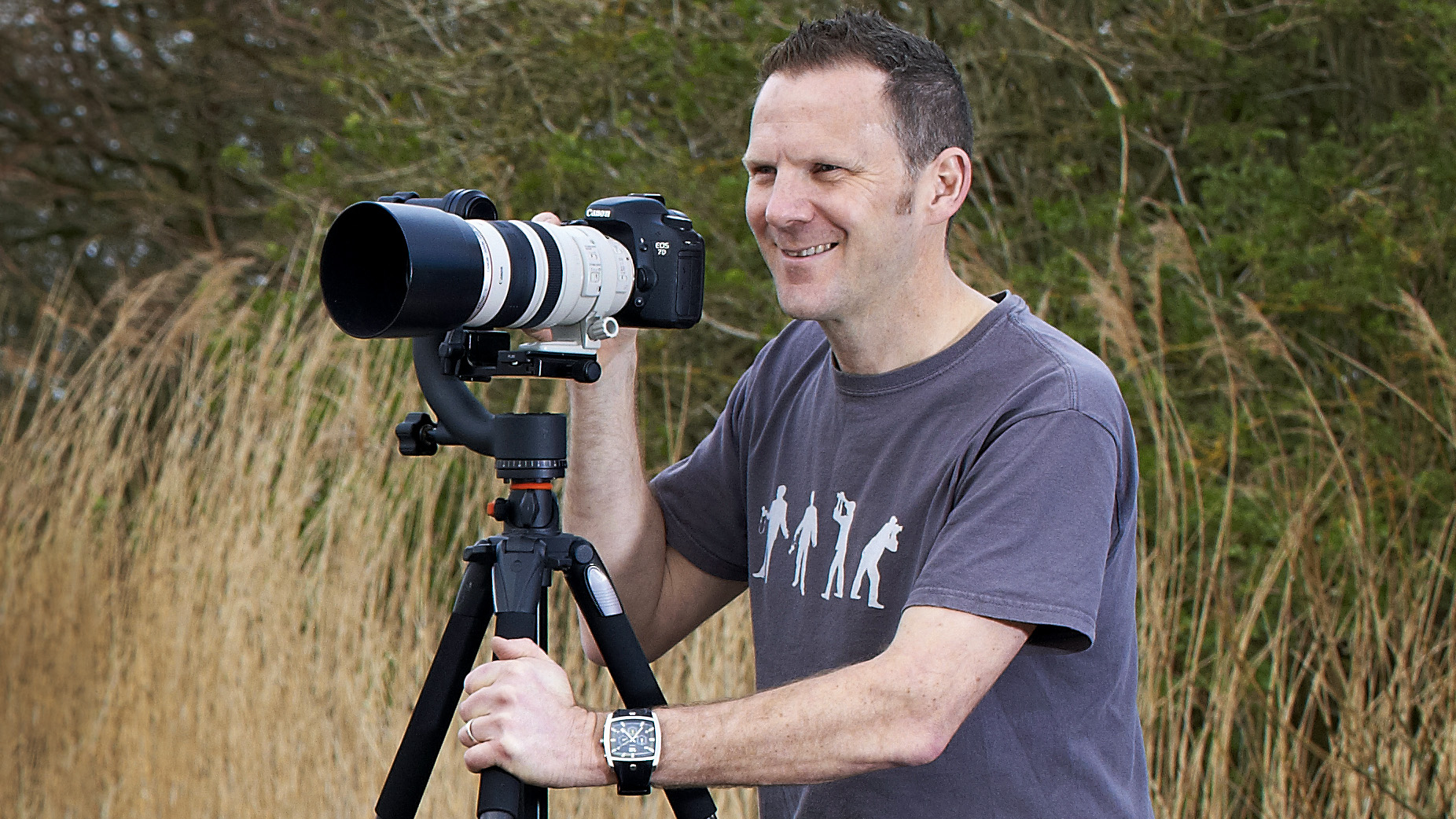
There's a tool for every job, reckons Guides Editor Adam, but often craves the comfort of a backpack with the convenience of a messenger bag, so he's just the man to guide you through the best sling bags, which give you the best of both…
The Quick List
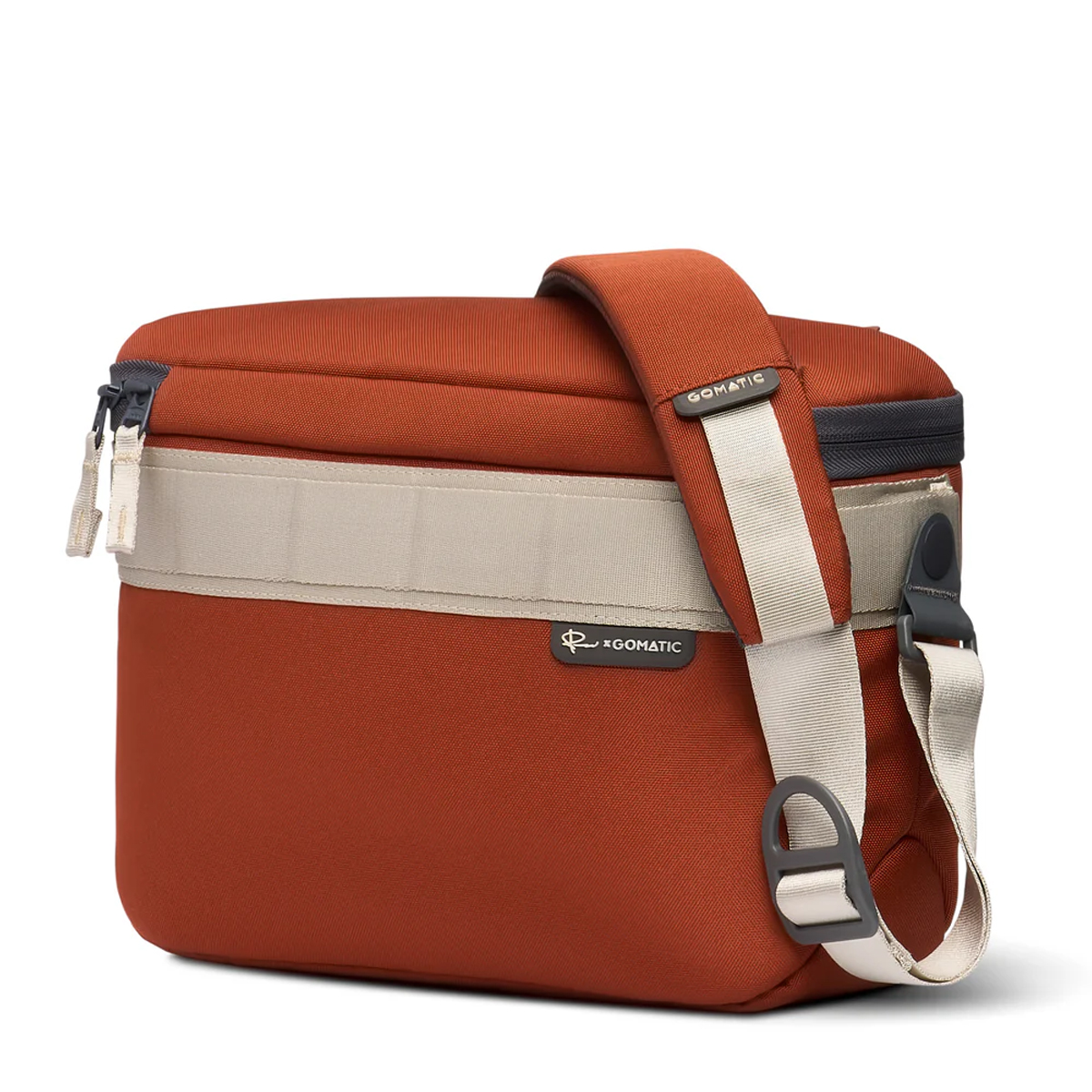
This good-looking bag comes in four colors, but you’ll most appreciate features like its internal metal frame, magnetic clasp, and versatile dividers.
Read more below…
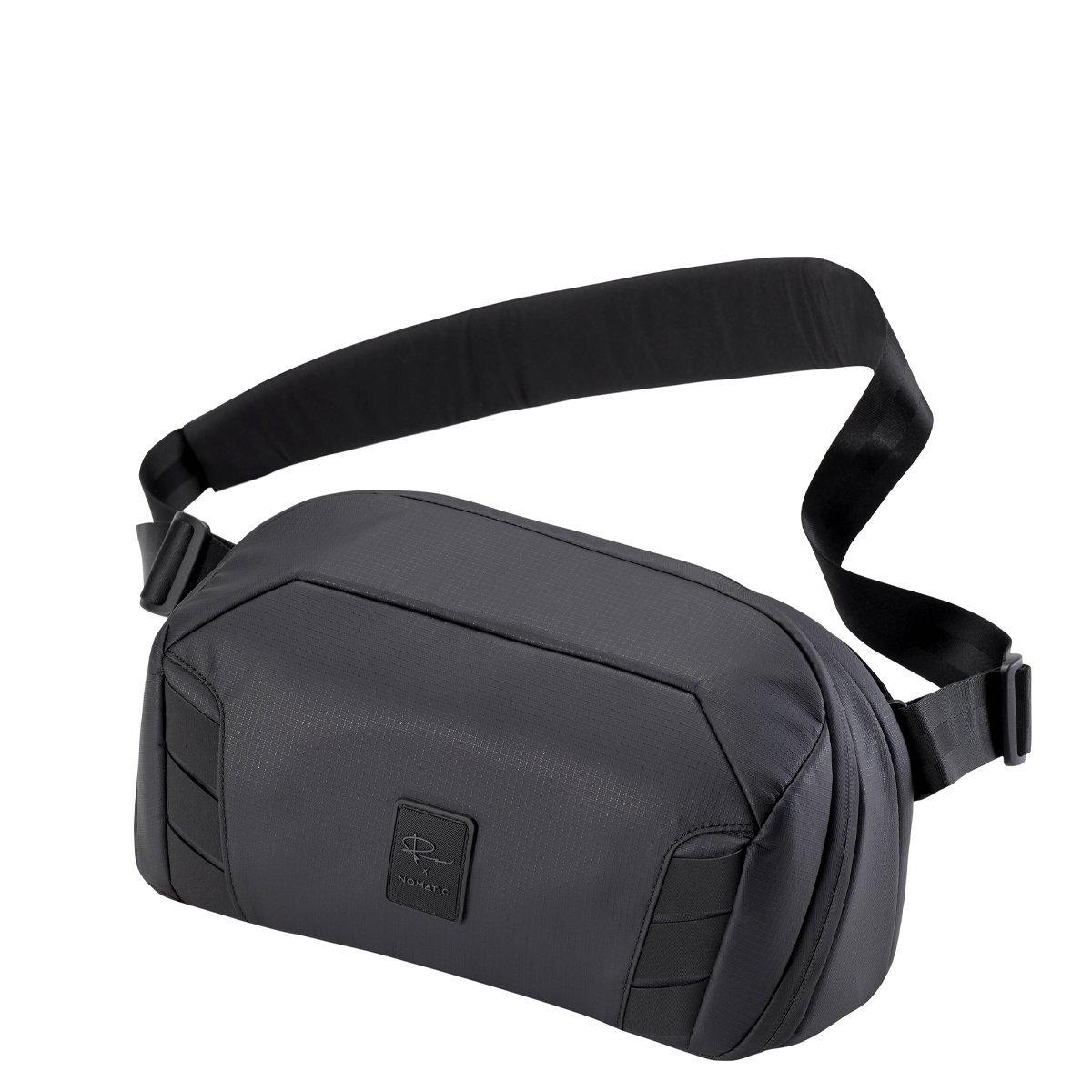
Light and small, this sling bag can accommodate a mirrorless or a small DSLR, with plenty more pockets for extra gear.
Read more below…
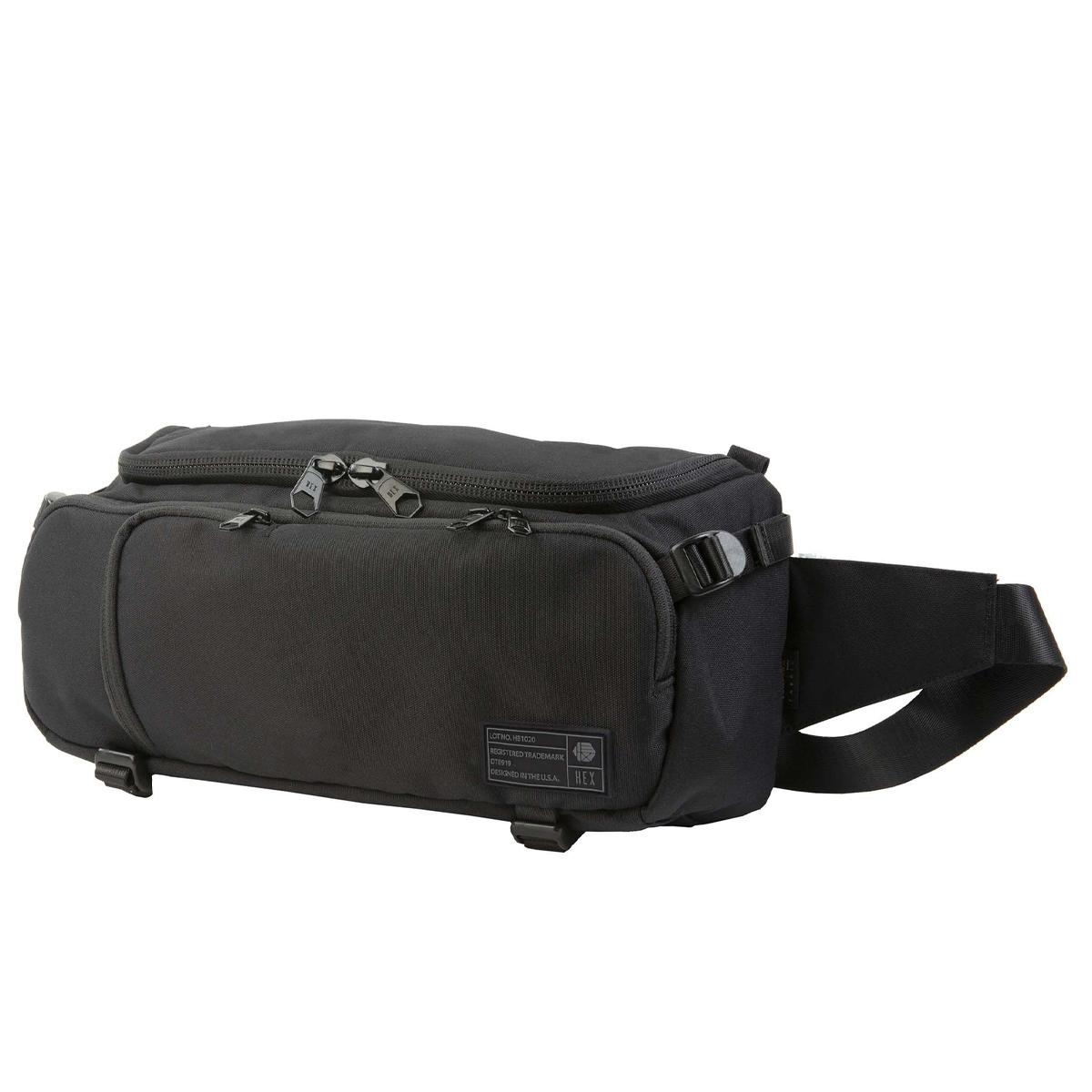
Designed to look like a pouch bag, this bag comes in black or a couple of camouflage options, with a rain hood amongst its features.
Read more below…
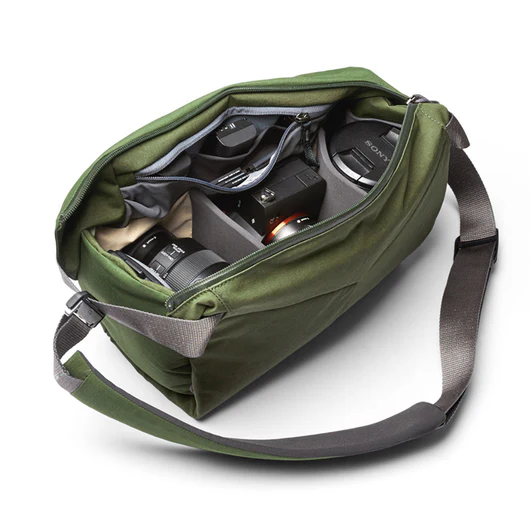
A premium, discreet sling bag for street photographers, offering quality, comfort, and quick access, but lacking some weather protection.
Read more below…
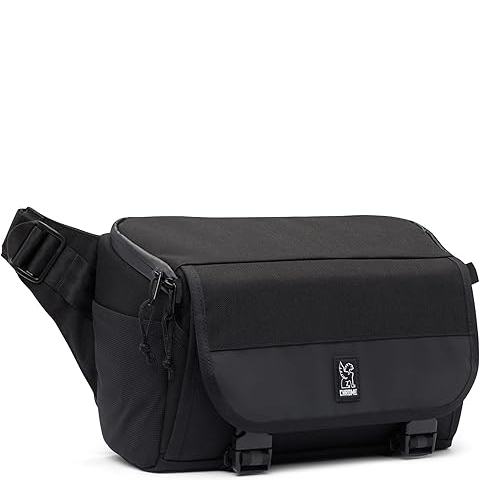
This versatile, weather-resistant sling for urban photographers offers quick access, secure carry, and tripod attachment, but is best for smaller cameras.
Read more below…
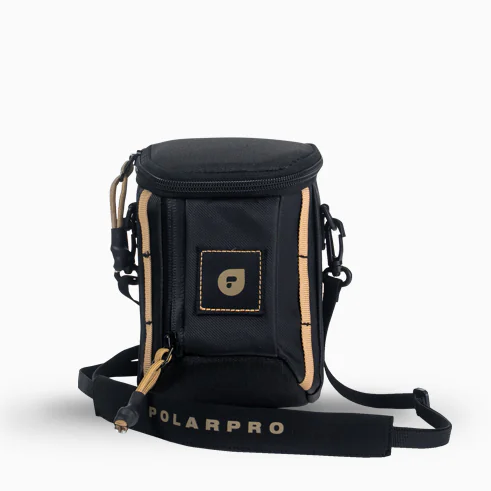
If you shoot with a premium compact camera and you want to keep it protected and carry it in comfort, this sling-style bag is the best option for you.
Read more below…
Best sling bag for photographers
Why you can trust Digital Camera World
Best sling bag overall
Specifications
Reasons to buy
Reasons to avoid
Known as Nomatic in North American markets and Gomatic in Europe and elsewhere, this attractive option comes in a choice of four colors: black, stone, sage and an eye-catching rust. But there’s a lot more to the Luma than good looks: the combination of a metal frame on the inside, to help retain the bag’s form, and weatherproofed Oxford weave on the outside, gives reassurance that your gear is well-protected.
Dividers inside use a hook-and-loop system, giving you multiple configuration options for arranging your camera and lenses, while a mesh in the lid is perfect for holding loose accessories. I also enjoyed design touches such as the magnetic clasps, which hold the lid in place but enable you to quickly fetch out a camera when you need to take a shot. A zip adds more robust protection when the bag’s in transit.
Read more: Nomatic/Gomatic Luma Camera Sling 12L review
Best sling bag for smaller cameras
Specifications
Reasons to buy
Reasons to avoid
The McKinnon Camera Sling 8L is a compact and lightweight bag designed for mirrorless or small DSLR cameras, and even mobile phone photography accessories. Made from durable, water-resistant materials (80% nylon, 20% polyethylene), it features adjustable interior panels and external Molle straps for attaching accessories. The bag's rigid wireframe construction helps maintain its shape and provides good protection.
Key features include a one-hand closure system for quick access, a padded, adjustable shoulder strap, and a luggage pass-through panel. The interior has multiple pockets and dividers for organizing gear, including a zipped pouch for smaller items. It balances portability with ample storage and organization, and can accommodate a camera body with a couple of lenses and accessories. The sling allows for easy access to equipment and can be worn close to the chest for security.
Read more: McKinnon Sling Bag 8L review
Best sling bag for style
Specifications
Reasons to buy
Reasons to avoid
The Hex Ranger DSLR Sling is a compact and versatile bag for everyday use. Despite having 'DSLR' in its name, however, the Hex Ranger cannot comfortably accommodate a full-frame DSLR or large wide-angle/telephoto lenses. Rather, it is better suited to holding a crop-sensor DSLR or mirrorless camera, an extra lens, and various bits and pieces.
A customizable interior has dividers that can be repositioned to fit around your equipment, and the bag also includes a mesh pocket for cables and memory cards, compression straps for attaching a tripod, and a fold-out accessory zone with pockets for items like adapters, batteries, and memory cards. Faux-fur-lined pockets protect delicate items like phones and sunglasses, and there's a back pocket for a 10-inch tablet. It comes with an integrated rain cover, making it suitable for wet conditions, and comes in a couple of natty 'camo' finishes, which help boost its street smarts.
Read more: Hex Ranger DSLR Sling review
Best sling bag for street photographers
Specifications
Reasons to buy
Reasons to avoid
The Bellroy Venture 10L Camera Edition has become something of a hit with YouTube photographers, thanks to its premium materials, minimalist design, and low-profile appearance that makes it ideal for street photographers who want to remain inconspicuous. The bag is made from durable, water-resistant ripstop nylon, with a significant portion of recycled materials. It features sewn-in padded dividers for camera and lens protection, and has straps at the bottom to secure a tripod.
The bag's design includes a weather-sealed top zipper with dual access, a padded, ambidextrous shoulder strap with a quick-slide buckle, and multiple internal and external pockets for organization. While the sewn-in dividers offer a refined feel, they limit customization. But the bag is comfortable to wear, even with heavier camera setups, and provides quick access to gear. However, it lacks a water bottle holder and a dedicated compartment for a laptop or tablet, and it doesn't come with a rain cover, making it less suitable for heavy rain.
Read more: Bellroy Venture 10L Camera Edition review
Best sling bag for weather protection
Specifications
Reasons to buy
Reasons to avoid
The Chrome Niko 3.0 Camera Sling is a nine-litre bag aimed at urban photographers on the move, offering easy access to gear while providing the security of a backpack-style bag. It is constructed from weather-resistant 1050D Bluesign-approved nylon, with a 500D TPE Tarp shell on the front flap. The bag features a large, zipped waterproof front pocket containing three smaller compartments for accessories, and also has a full-length zipped pocket on the body side and stretch pockets on each end. The main compartment, secured by waterproof zippers, includes customizable dividers and two small stretch pockets.
It offers quick access to camera gear, with its top-opening design and adjustable cross-body strap, while a clip secures the bag for added stability and safety, effectively turning it into a small backpack. Straps on the bag's undercarriage can securely hold a travel tripod. In all, it's an excellent option for photographers using smaller mirrorless and entry-level APS-C DSLR cameras.
Read more: Chrome Niko 3.0 Camera Sling review
Best sling bag for compact cameras
Specifications
Reasons to buy
Reasons to avoid
The PolarPro 1L RoadRunner is a compact sling bag designed for premium compact cameras. Constructed from quality materials, including 600D RipStop Nylon, it features multiple storage spaces, including a stretchy back pocket, a zippered front pocket, and a netted inner pocket. The front pocket has a water-resistant YKK zipper, although the main compartment lacks weather protection.
A 1 cm-wide adjustable strap with a neoprene shoulder pad enables you to carry even fairly chunky compacts in comfort. The padding is decent, the storage options are well-designed, and the RoadRunner is ideal for those seeking a minimalist solution for carrying a compact camera, offering a good blend of protection, accessory storage, and discreet over-the-shoulder sling-style carry.
Read more: PolarPro 1L RoadRunner review
How to choose the best camera sling bag
1. Size it up
The larger sling bags in this round-up are capable of carrying a full-frame DSLR body and at least two small lenses, which should give you an idea of the size you'll be working with. The bags that come in smaller sizes are better suited to mirrorless kit.
2. Essential extras
Though a camera sling bag is meant to carry just the essentials, some have room for a tablet or possibly a small laptop. Some also have mounting points for a tripod, and even a compact drone. Figure out what you'll be carrying most days and plan your bag purchase accordingly.
3. Weather the storm
Easy-access camera sling bags are well suited to life off the beaten track, but if you’re out in all weathers, ensure your chosen bag is weatherproof and has a separate rain cover. The last thing you want is to find your camera gear damaged because your bag didn't provide adequate protection.
4. Strap in
Some sling straps rest on your right shoulder, and some on the left. This dictates which way you need to swing your sling to get access, and one direction may feel more natural than the other. If you have a backpack at home, you can wear it on one shoulder and experiment with swinging it back and forth to get a feel for which way feels more comfortable.
5. Stabilizing influence
With only a single strap, a sling bag can feel less secure on your back than a regular backpack. An additional waist or stabilizing strap will keep everything securely anchored and can offer a helpful additional layer of security against bag-snatchers and thieves.
How we test camera bags
At DCW, we thoroughly test the camera gear that comes our way. With camera bags, we look at build quality, capacity, weatherproofing, ease of use, and any other features that feel relevant to the photographers and videographers who will be using the kit. We have a team of in-house experts who take bags out into the field to see how they perform in real-world shooting scenarios, and we use their findings and opinions to inform our comments in buying guides.
Find out more about how we test and review on Digital Camera World
The best camera deals, reviews, product advice, and unmissable photography news, direct to your inbox!

Prior to joining digitalcameraworld.com as Guides Editor, Adam was the editor of N-Photo: The Nikon Magazine for seven years, and as such is one of Digital Camera World's leading experts when it comes to all things Nikon-related.
Whether it’s reviews and hands-on tests of the latest Nikon cameras and lenses, sharing his skills using filters, tripods, lighting, L brackets and other photography equipment, or trading tips and techniques on shooting landscapes, wildlife and almost any genre of photography, Adam is always on hand to provide his insights.
Prior to his tenure on N-Photo, Adam was also a veteran of publications such as PhotoPlus: The Canon Magazine, so his wealth of photographic knowledge isn’t solely limited to the Big N.
